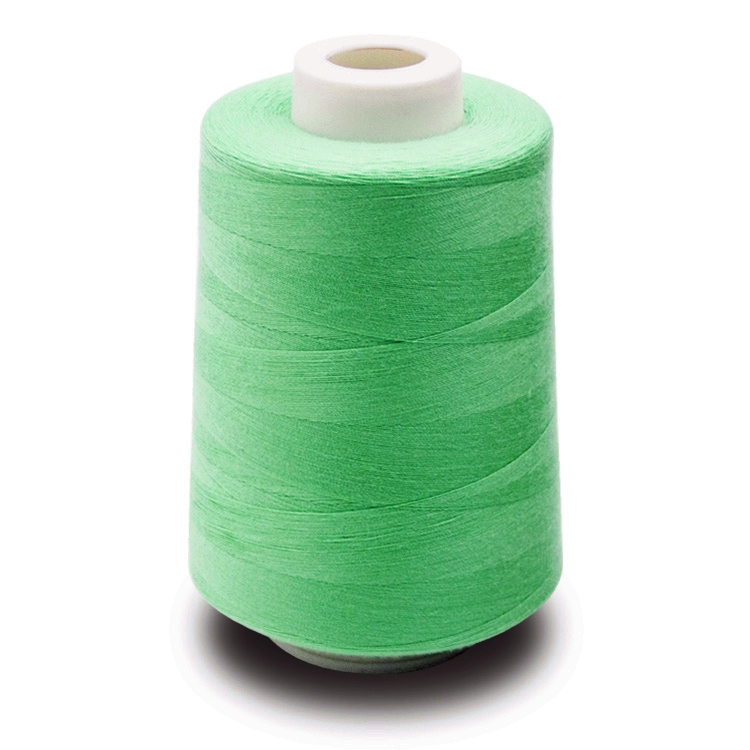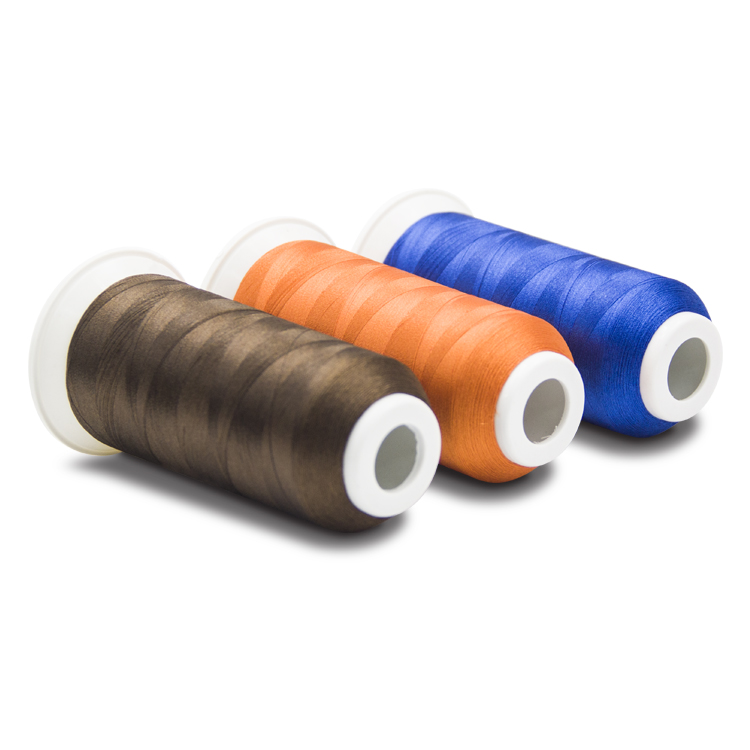
Factors affecting the stability of air splicing
At present, the textile industry is facing the current situation of structural adjustment and product upgrading. As the key component of the automatic winder, the contradiction between the air splicer and the splicing requirements of new and special yarns is increasingly prominent. This problem has seriously affected the development and production of new kinds of yarn and special yarn in textile enterprises, and forced users to consider the performance of air splicer first when choosing automatic winder, and even to replace the original self winder to meet the needs of splicing.

The best application range of air splicing technology
According to the working principle of air splicing and the structure of various types of air splicers, the best splicing range of air splicing technology is basically 18.2 tex cotton yarn, which is in the large area of 38.9 tex-7.3 tex. Some kinds of new yarn and special yarn are on the edge of the effective range of the existing air splicer, while some are beyond the scope. How to solve this problem?
Many years of work practice and research have found that there are two ways to solve these problems: ① excavate the function of the existing splicer and give full play to its effectiveness; ② develop a new air splicer suitable for the splicing of new and special yarns.
Factors affecting the stability of splicing
There are many factors that affect the stability of air splicing. The author studies them from two aspects: untwisting and twisting.
Back twisting
In order to ensure sufficient untwisting effect within the process setting range, and the same untwisting effect between the upper and lower yarns, three factors that affect the untwisting effect should be paid special attention to.
Ensure the cutting time sequence and consistency of scissors
The shearing time sequence and consistency of scissors are related to the quality of scissors and the stability of scissors control mechanism, which can be solved by repairing and adjusting the mechanism. But the problems are: ① can the scissors cut the yarn every time; ② can the yarn slip on the scissors; ③ can the upper and lower scissors cut the yarn at the same time. If these problems can not be solved, the twisting effect will be affected due to the bad effect of untwisting, which shows that the joint slip and strength are not high; if these problems occur randomly, the stability of joint strength will be affected.
Ensure that the yarn enters the untwisting tube immediately after being cut
Coarse yarn is different from medium yarn and fine yarn. On the one hand, because of its large bending flexibility, it can't be sucked into the untwisted tube because it leaves the negative pressure suction area of the tube mouth after cutting; on the other hand, because the diameter of the untwisted tube of the existing Air Twister is smaller than that of the coarse yarn, it is easy to cause the problem that the coarse yarn can't be inhaled when it is horizontally placed at the untwisted tube mouth. As long as one of the upper and lower yarns is not sucked into the untwisting tube for untwisting, the splicing effect will be affected; if neither of the two yarns can be inhaled, the joint disconnection problem is inevitable.
When splicing the coarse yarn, the temperature and humidity in the workshop should be adjusted to a suitable state to reduce the hardness of the coarse yarn as much as possible, because when splicing the coarse yarn, too thick or too thin diameter of the untwisting tube will have an impact on untwisting. Suitable untwisting tube can be selected in the existing air splicer, and the splicing mode of core spun yarn can be selected. It is suggested to use special untwisting tube to solve this problem.
The upper and lower two untwisting tubes are set with different untwisting twists
When setting different untwisting twists for the upper and lower untwisting tubes, it is sometimes necessary to consider the whole equipment, such as factors other than air splicer and the cyclone of the size suction nozzle during splicing, which will cause the twist change of the original yarn. This kind of situation is common, and it is easy to be ignored when the quality requirement of yarn untwisting is not high; while the quality requirement of special yarn is high, this problem can be solved by designing a new type of air splicer or adjusting the existing air splicer, so that the upper and lower untwisting tubes produce different cyclones and air flow intensities, and the upper and lower yarns produce different twists respectively, but the adjustment workload is very large 。
twisting
Selection of twisting equipment
Generally, there is a special splicing block for coarse yarn, which will affect the stability of splicing effect. However, because the coarse yarn is already at the edge of the twisting area, it is necessary to consider the adaptability of splicing equipment to the yarn. Therefore, when splicing the coarse yarn with the existing splicing equipment, the splicing block should be optimized first.
Selection of twisting air pressure
The twisting air pressure has an important influence on the splicing quality of coarse yarn. Generally, the air pressure of 0.75 MPa ~ 0.85 MPa is suitable. When splicing the coarse yarn, the machine is better equipped with a booster pump to raise the pressure to ensure the outlet air pressure of the splicing block. Pay attention to and check whether the corresponding electromagnetic air valve is in good condition. The outlet air pressure here refers to the outlet air pressure of each spindle solenoid valve, rather than the total air pressure at the front of the vehicle. By adopting this splicing method and measure, the splicing effect of existing splicing equipment on coarse yarn and strand can be improved, and the splicing quality can be improved.
When the twisting air pressure is raised too high, there may be a problem, that is, when the air pressure exceeds the pressure range of some splicing equipment, the equipment will be damaged, so it is better to use high-pressure twisting equipment, such as high-pressure splicing block.




